Even for lovers and connoisseurs of spirits, it is common for the particularities of the types of tequila available on the market to be unclear.
Although the Mexican drink is increasingly popular, little is understood about it, leaving many people unaware that there are variations of the drink in terms of production methods, flavors and ways to enjoy it.
And it's not without its popularity: tequila has been steadily increasing its production and exports. According to the Mexican newspaper El Economista , production grew 40.9% last year, reaching a record 527 million liters.
In partnership with Clayton Czech, tequila expert and founder of Experience Agave, we've brought you some basic information so you can confidently discuss the spirit in any group!
WHAT IS TEQUILA?
First of all, it's worth understanding what this drink is exactly. In Mexico, an alcoholic beverage called mezcal is produced by distilling the cones of plants in the agave family.
The pine cones are buried underground and must be cooked to release sugar, which is distilled into alcohol. Mezcal can be made from 30 different species of agave, and when this drink is made from a specific type of the plant, Agave tequilana Weber —known as blue agave—it takes on a different name and becomes our beloved tequila.
Tequila is the best-known mezcal in the world and, like Scotch, Cognac, Champagne and cachaça, it is a drink called "Denomination of Origin".
This means that, legally, it can only be produced in certain regions. Most of these regions are in Mexico, such as the entire state of Jalisco and parts of the states of Guanajuato, Michoacán, Nayarit, and Tamaulipas.
In other words, there's no such thing as tequila made in Brazil; it has to be imported from one of these regions. But who can guarantee that all of this is respected?
TEQUILA RULES & REGULATIONS
This is possibly the most regulated distillate on the planet (after all, you don't mess with a good thing). It's divided into categories and classes and has numerous production rules defined by a NOM (Official Mexican Standard), or a set of regulations established by the Mexican government.
This standard is interpreted and applied by the CRT (Tequila Regulatory Council), a Mexican body that works exclusively to monitor the entire tequila production process, from the planting of blue agave seedlings to the bottling of the final product.
This agency also tests and stores samples of all (yes, all) production batches of the distillate. In other words, the CRT is essentially the Big Brother of tequila, seeing everything.
WHAT IS THE ORIGIN OF TEQUILA?
This drink of the Mexican gods has ancient origins, dating back to before the Middle Ages. It's believed that the natives of the Jalisco region of Mexico fermented the agave plant to create pulque, the precursor to tequila.
With the arrival of Spanish colonizers who brought new techniques, agave began to be distilled and became increasingly similar to the drink we have today.
If you enjoy narratives and want to delve into the world of Mexican spirits from their origins, don't miss our comprehensive article on the history of tequila .
WHAT IS THE CORRECT WAY TO DRINK TEQUILA?
Many people don't know this, but a shot isn't the only way to drink the drink, and this applies to all types of tequila.
When it's high-quality and pleasing to your taste, it can be sipped and enjoyed like any other spirit. In Mexico, a glass called a caballito is traditionally used for sipping all types of tequila slowly.
If you enjoy shots, that's fine too! The important thing is to enjoy your drink! To learn more about tequila drinking, check out the article "Tequila Consumption in Brazil: Are We Doing It Right? "
TYPES OF TEQUILA
Not all tequila is created equal. There are basically two categories of the spirit:

Formerly known as mixto (pronounced "micsto" in Spanish), this distillate contains a blend of sugars, with a minimum of 51% coming from blue agave and the remaining 49% from other sources, such as sugarcane, beets, or even corn fructose. These are the most basic varieties readily available on the market, such as Jose Cuervo Especial and Sauza Silver and Gold.

100% Agave Tequila
To be considered 100% agave tequila, the distillate's only source of sugars must be blue agave. This type tends to have a more characteristic vegetal flavor and is less likely to leave you with a nasty hangover the next day. If you're looking to try one of these tequilas, just pay attention to the label: only in this case can it say "100% agave"!
TEQUILA CLASSES
In addition to the issue of sugars used, there is also a separation by classes, based on the resting time of the distillate and which applies to both types of tequila.
SILVER or BLANCO TEQUILA
It is usually bottled immediately after distillation. Of all the tequila types, it is the most traditional and has the most subtle aroma and flavor of cooked agave. Traditionally unaged, the liquid can remain in contact with oak for up to 60 days.
GOLD TEQUILA
This class of tequila is typically a mixto. In these cases, it's simply a blanco tequila with added flavoring and caramel coloring, giving the liquid its yellowish hue.
In the case of a 100% agave tequila, it becomes gold when it is a blend between a blanco and another class of tequila, which already has a more woody color.
Reposado Tequila
Now we get into the types of aged tequila. Reposado tequila spends at least two months "resting" in oak containers, which can range from small barrels to large industrial tanks.
At their peak, they have a hint of vanilla and caramel from the charred oak.
AÑEJO TEQUILA
The name comes from the word año, which means year in Spanish. They must spend at least 12 months in oak barrels of up to 600 liters. Typically, the barrels used come from previous whiskey productions, resulting in a tequila with a very complex flavor.
For obvious reasons, this type of tequila is usually a favorite among Scotch and whiskey lovers.
Extra-Age Tequila
Among the types of tequila, this includes ultra-aged tequilas, which spend at least three years in oak barrels of up to 600 liters. The oak notes are quite prominent, and the agave aroma and flavor are intense.
Due to the arid climate of the regions where the drink is produced, the barrels lose a large portion of the alcohol (which evaporates through the pores of the wood), thus giving rise to the most expensive class of tequila.
CRISTALINO TEQUILA
These are añejo or extra-añejo tequilas that undergo a charcoal filtration process. This makes them a blend of tequilas, as they are clear like blanco, but with all the aromas and flavors of the barrel-aged spirit.
It was first developed by Don Julio, one of Mexico's most traditional tequila producers, in celebration of its 70th anniversary. Cristalino is the fastest-growing category in Mexico today and has been winning the hearts of millennials, especially women.
It is a type of tequila that combines notes of caramel, vanilla and oak from the barrels, with the fruitiness and floral notes of a blanco version.
Now here's a good tip when you're unsure about which type of tequila you're going to choose.
You've probably seen a tequila-like drink somewhere in the country at a very affordable price. Pay close attention, because often it's not tequila at all, but rather an agave aperitif .
AGAVE APPETIZER
Agave aperitifs have nothing to do with tequila! Although many brands use names that refer to the traditional Mexican drink, they are actually mixed drinks made from neutral alcohol with added agave flavorings or extracts (which don't even need to be from the Agave weber Tequilana species ).
This type of drink can be confusing for consumers, who believe it's a tequila produced in Brazil, for example. But make no mistake: tequila isn't allowed in Brazil, and the only brand authorized to produce tequila-based products here is Quetzalli!
And if you're interested in learning more about this product, take the opportunity to try our tequila, passion fruit, lime and agave syrup drink !
WHAT IS THE MOST CONSUMED TEQUILA IN MEXICO?
According to a 2022 publication on the Statista website , the silver type of tequila represents almost 50% of sales in Mexico in 2021, being the most consumed in the country.
WHAT IS THE MOST EXPENSIVE TEQUILA IN THE WORLD?
This is the luxurious Tequila Ley. 925 Diamante , whose market value reached $3.5 million, according to the manufacturer.
The bottle even made it into the Guinness Book of Records . It's studded with platinum and diamonds and filled with 100% agave tequila aged for seven years. It's truly luxurious!
CONCLUSION
We know that in Brazil there's still a lot of prejudice surrounding tequila consumption, often due to a traumatic experience during college. Or simply because many people don't even know about the number of types of tequila and their specificities, assuming they're all the same.
That's why we're here to offer something completely different: a delicious drink made with quality tequila that can be enjoyed neat, in cocktails, or any way you like. That's the beauty of Quetzalli!
Clayton Szczech
Quetzalli Tequila Consultant
Clayton is an expert in the culture of agave spirits and believes they should be sipped slowly and savored, just as their history and culture should be absorbed and appreciated. Soon after immigrating to Mexico, he began exploring and tasting the world of tequila at home. He quickly fell in love with the subject, constantly seeking out and researching everything about the drink. He is a certified "Tequila Expert" and the only non-Mexican to receive the CRT "Double-T" certification . In 2008, drawing on his own experience, Clayton founded Experience Agave, a company that combines his passion for tequila, hospitality, and storytelling. It is the first boutique brand dedicated to promoting the history and tradition of agave spirits (tequila, mezcal, and raicilla) through immersive and educational tour experiences.


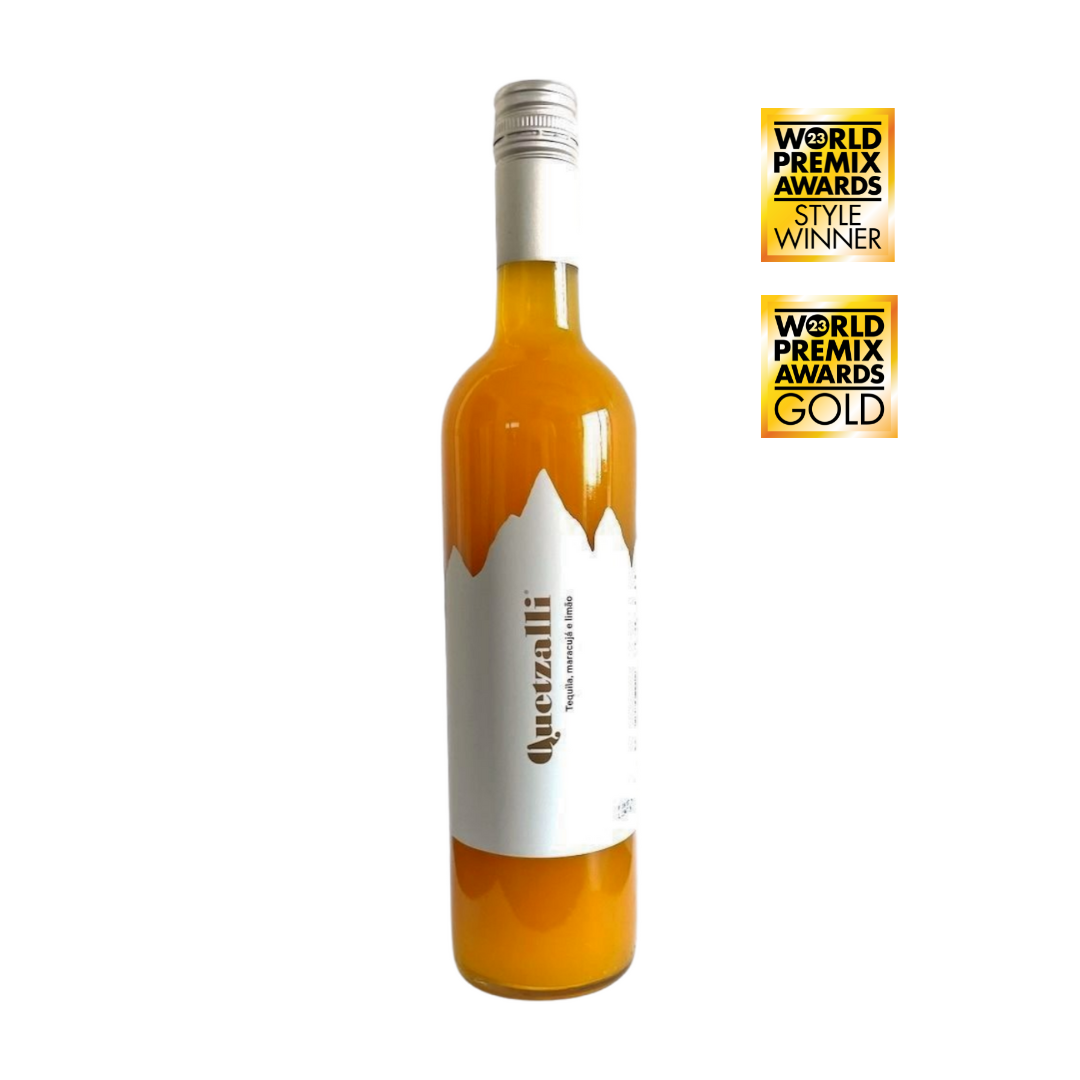
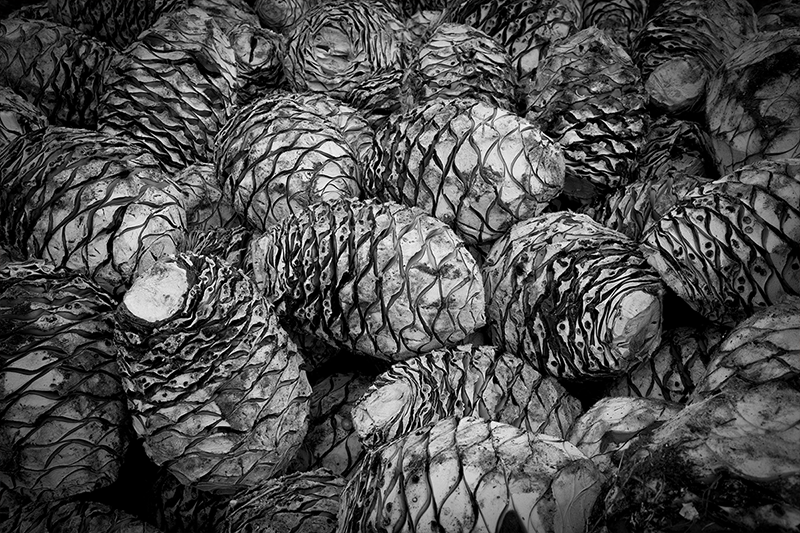
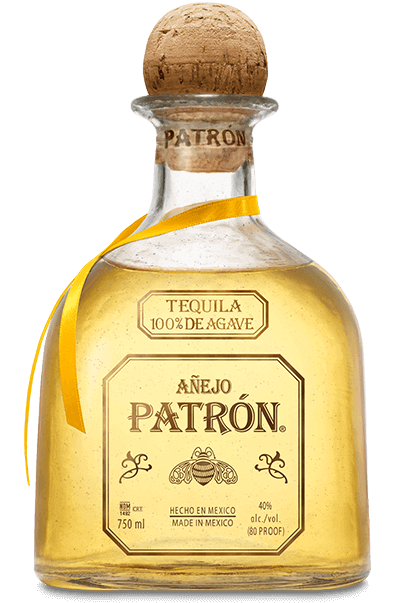
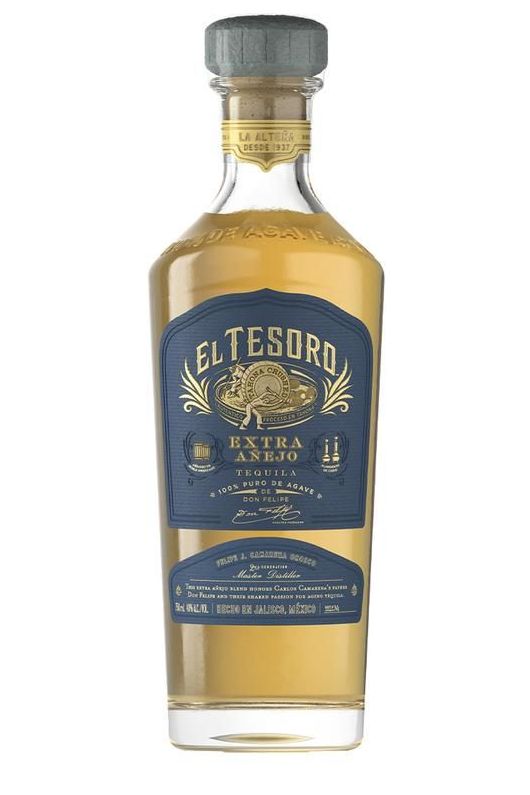
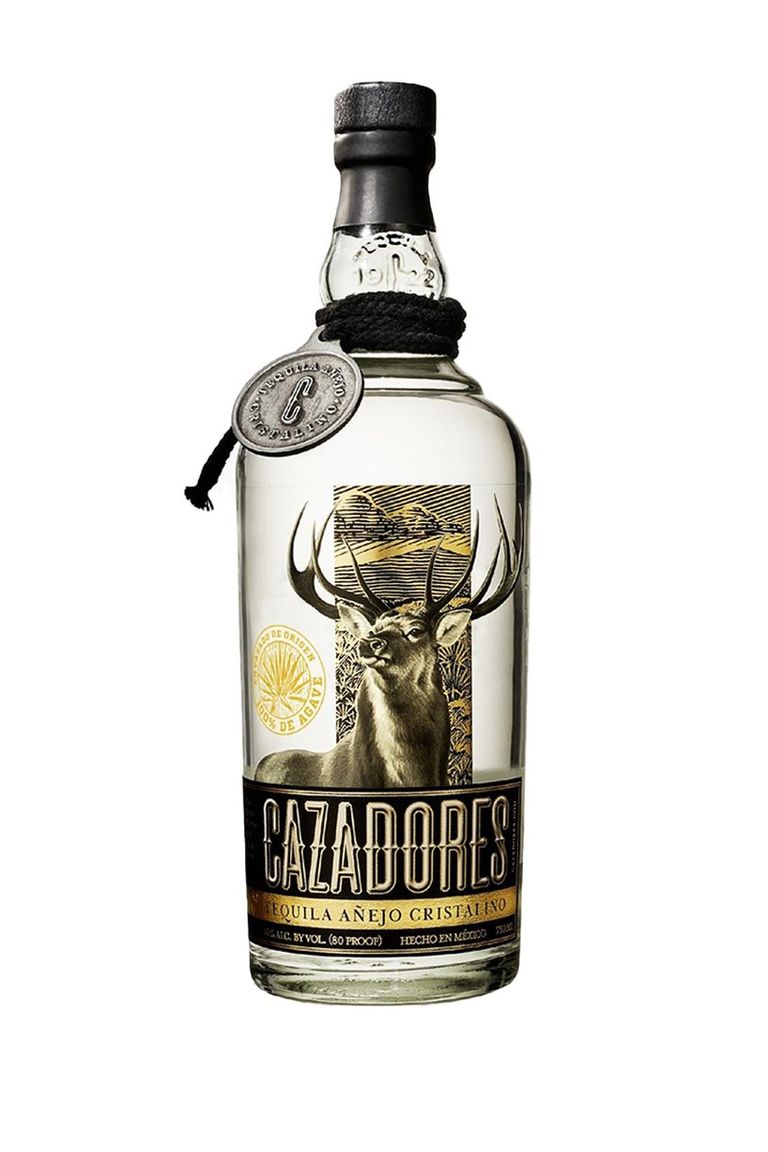
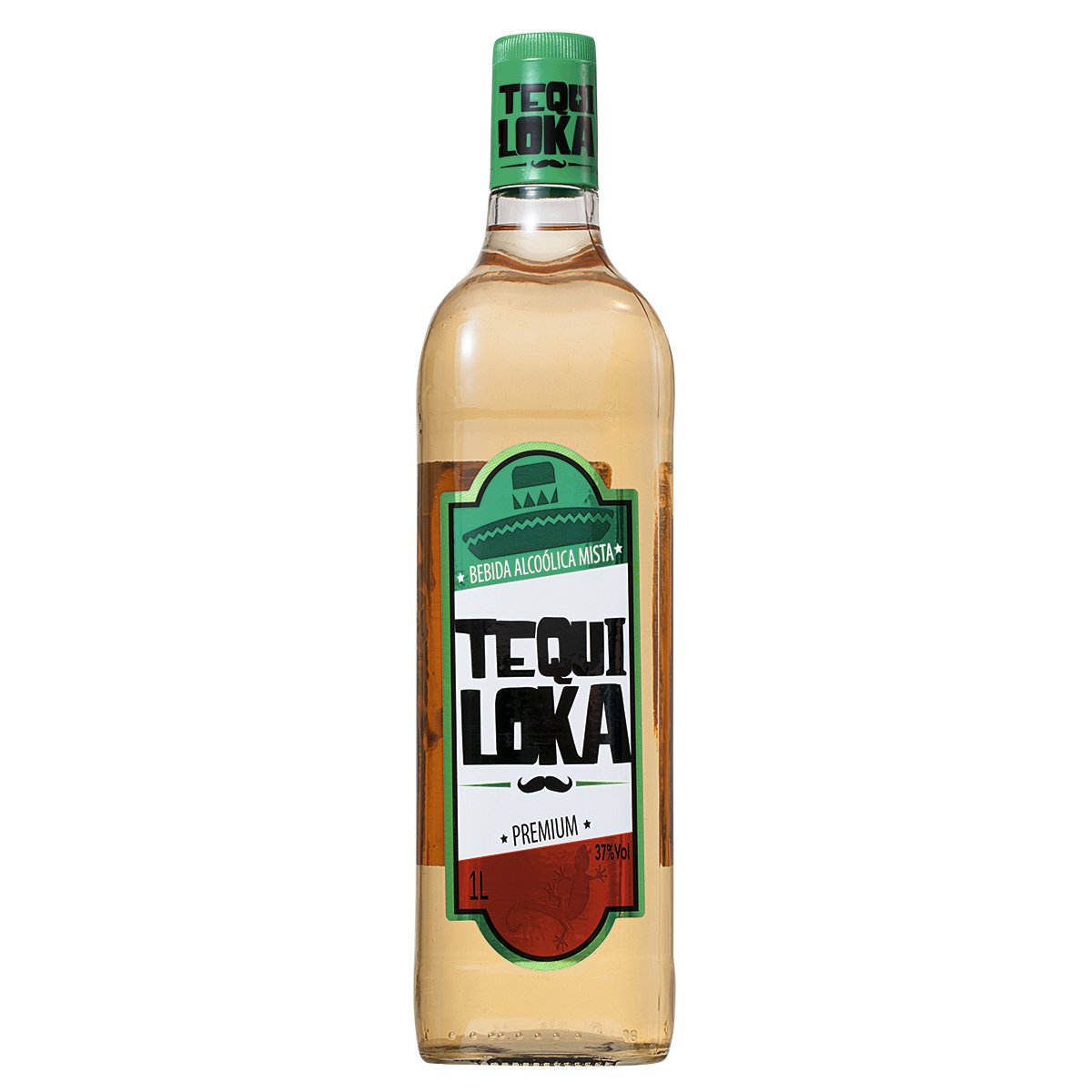


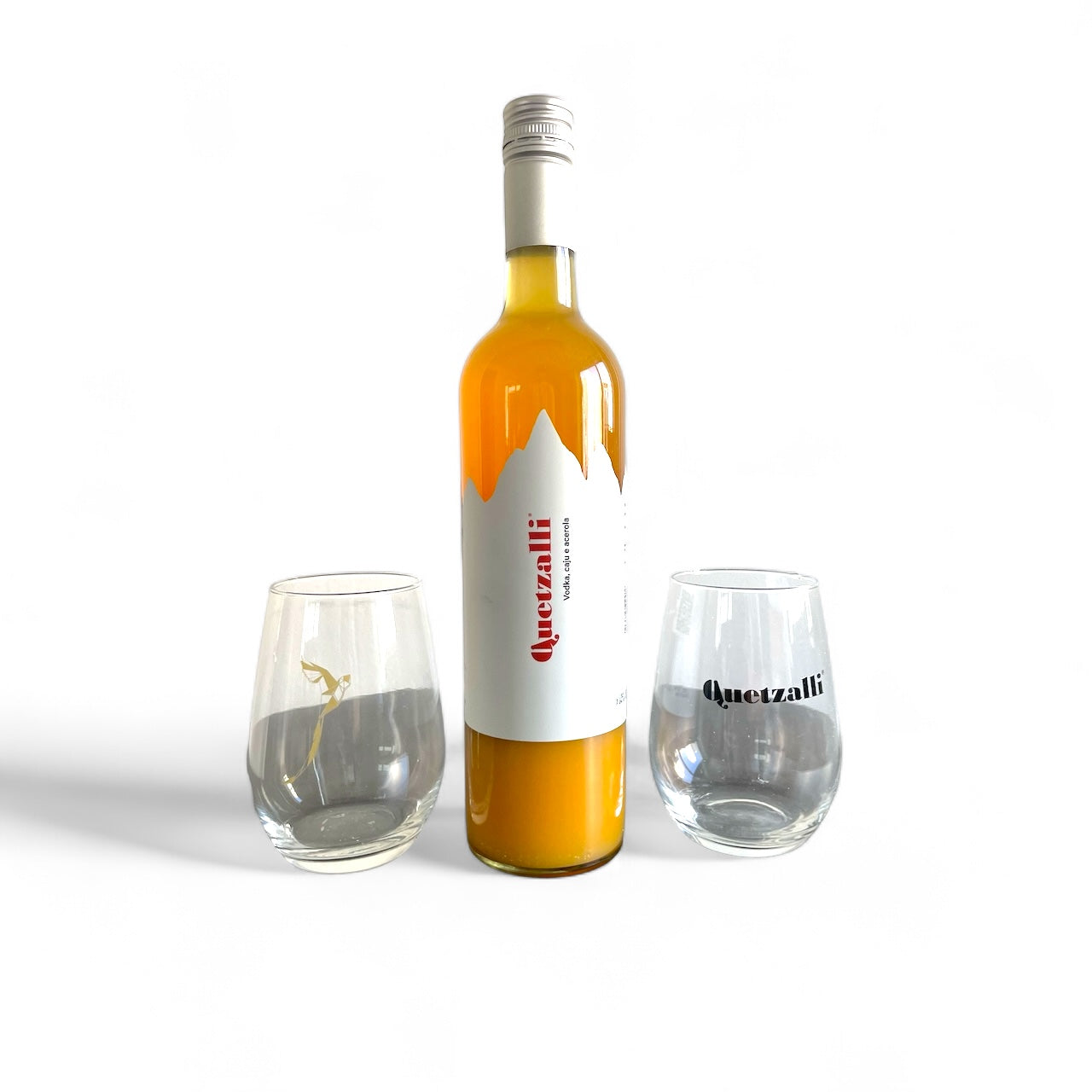
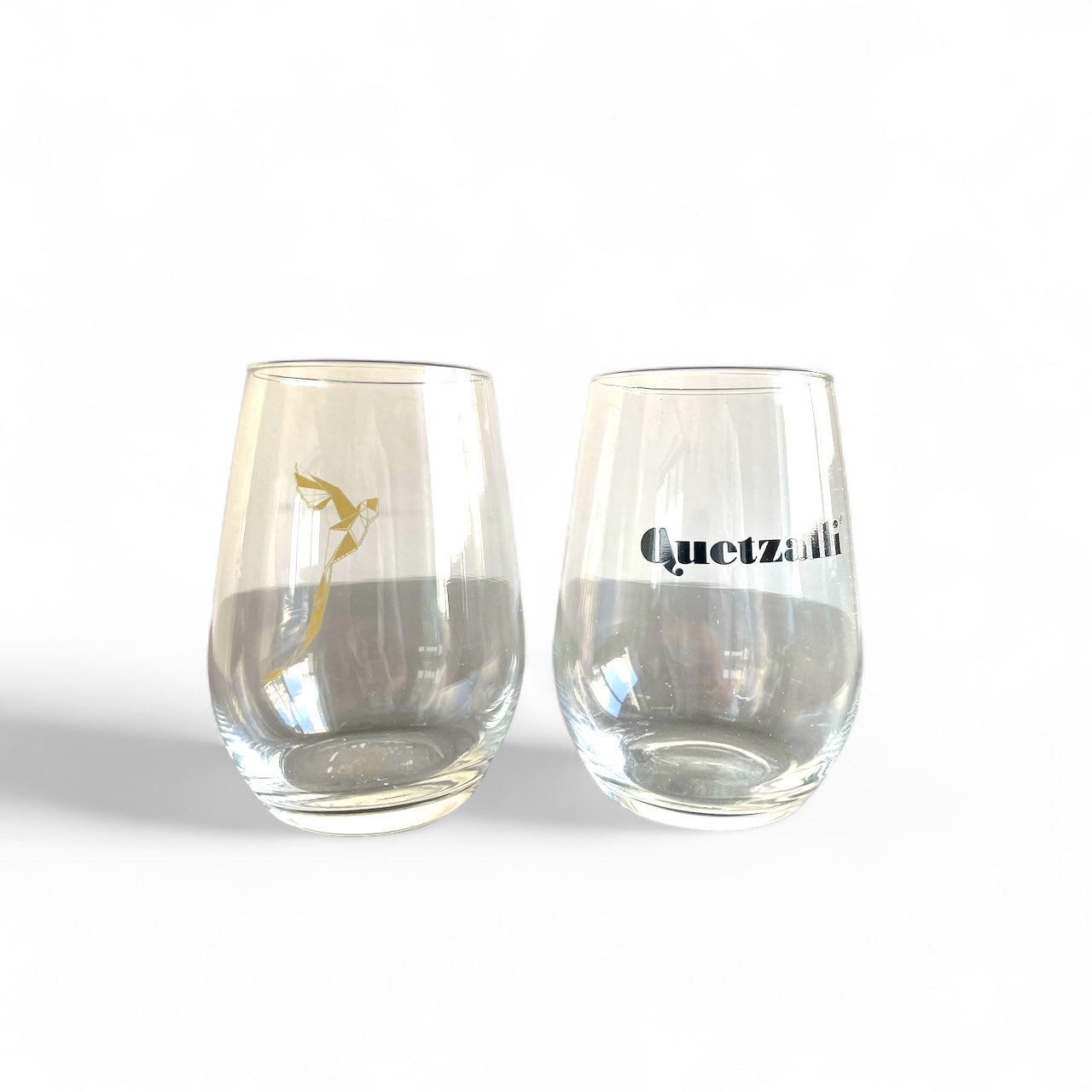
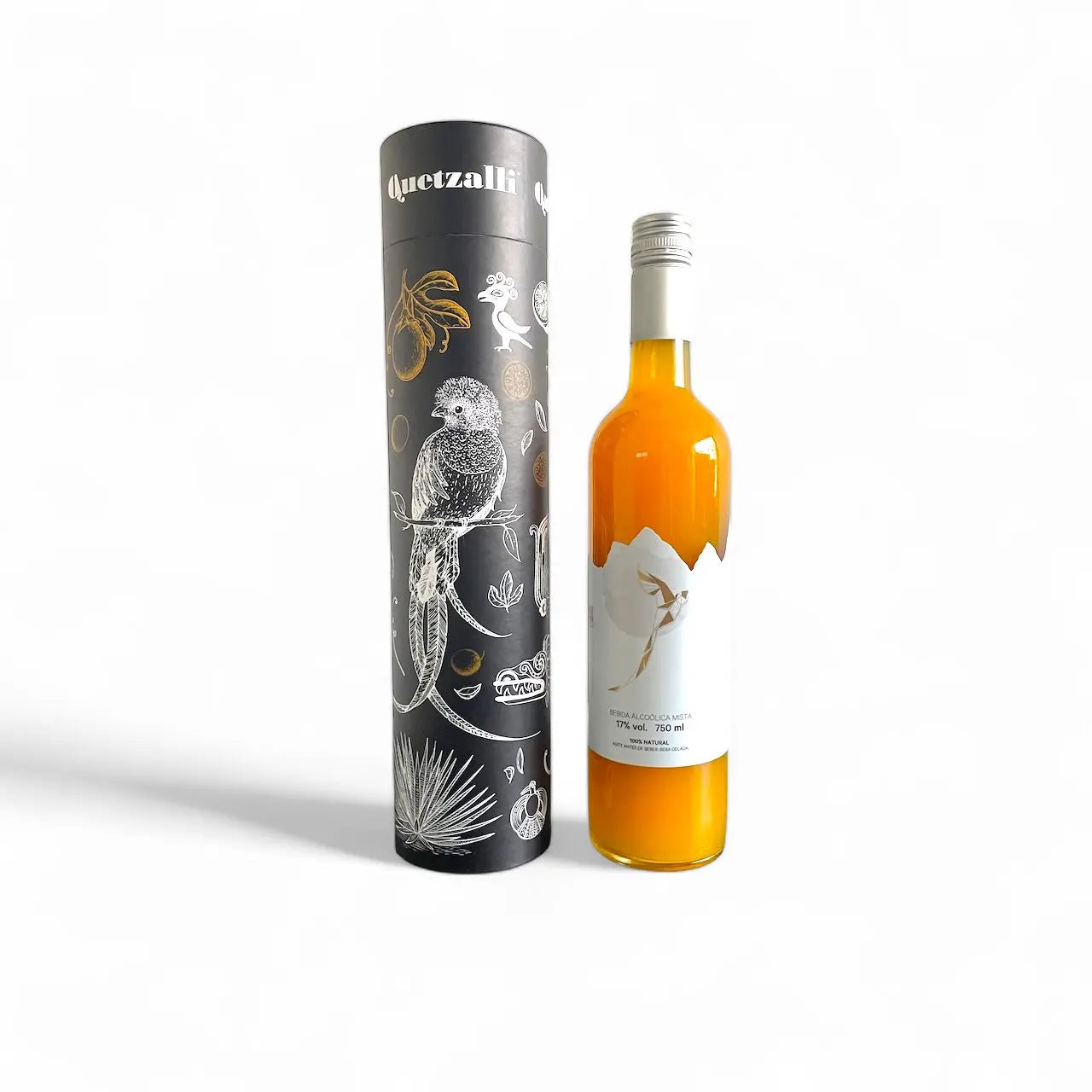
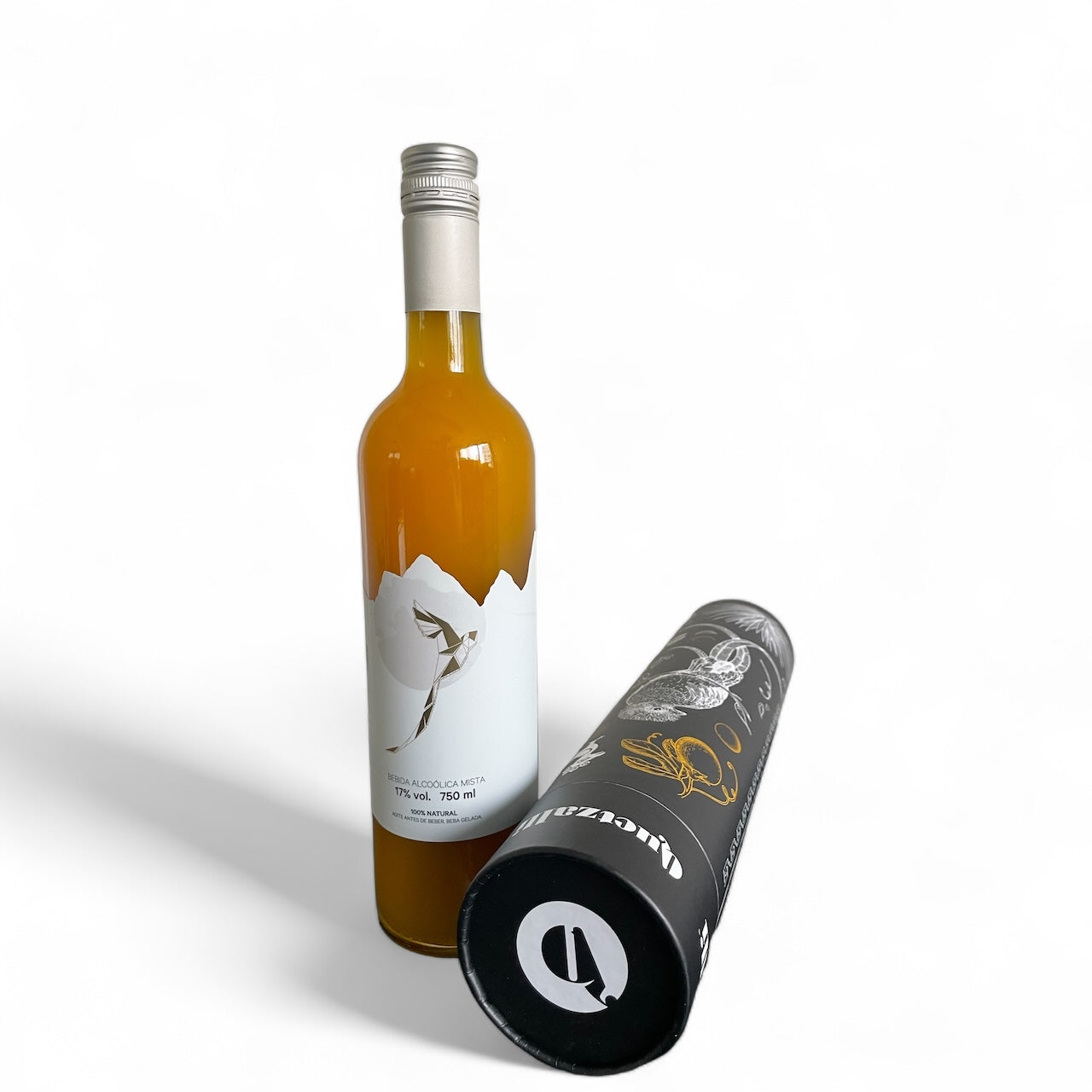
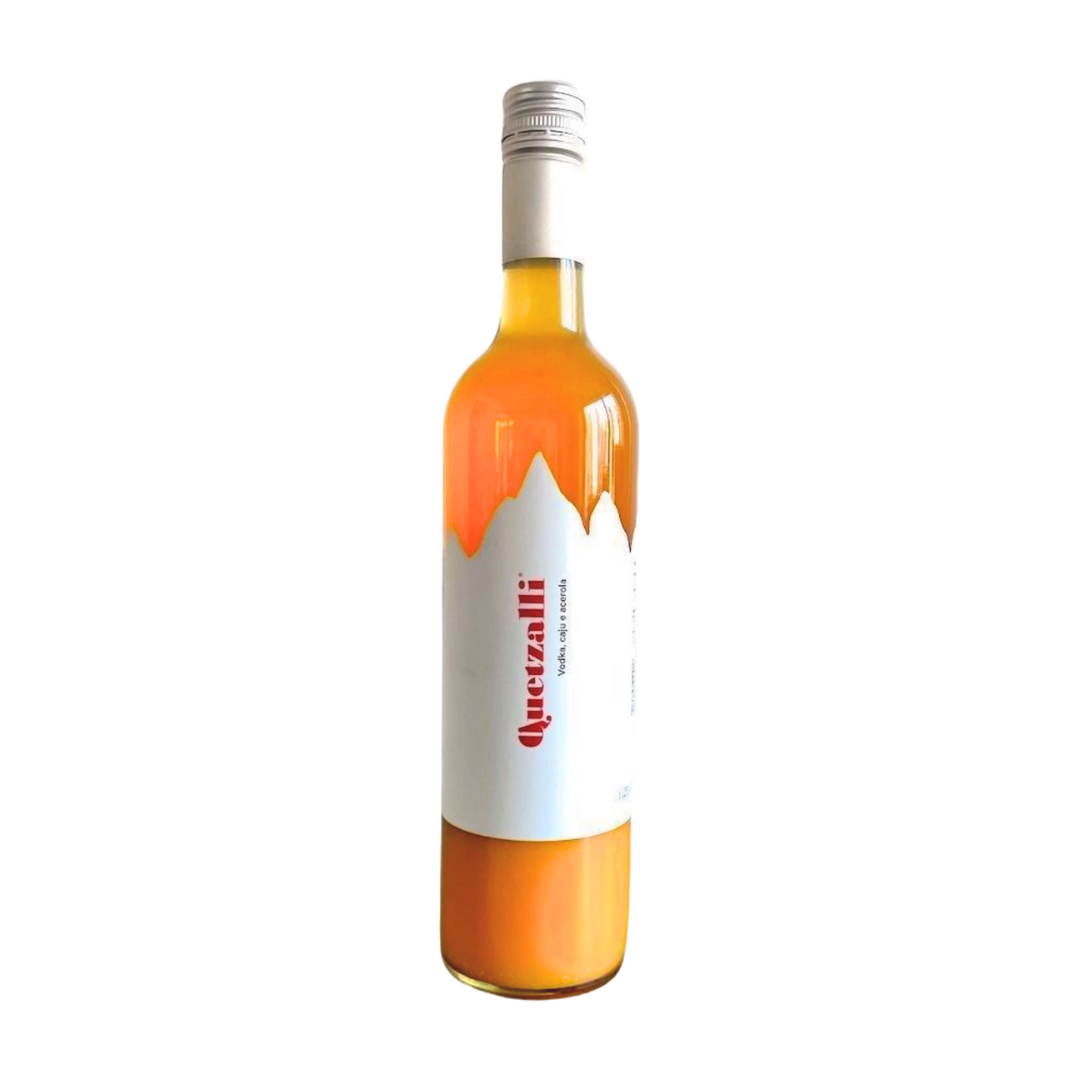

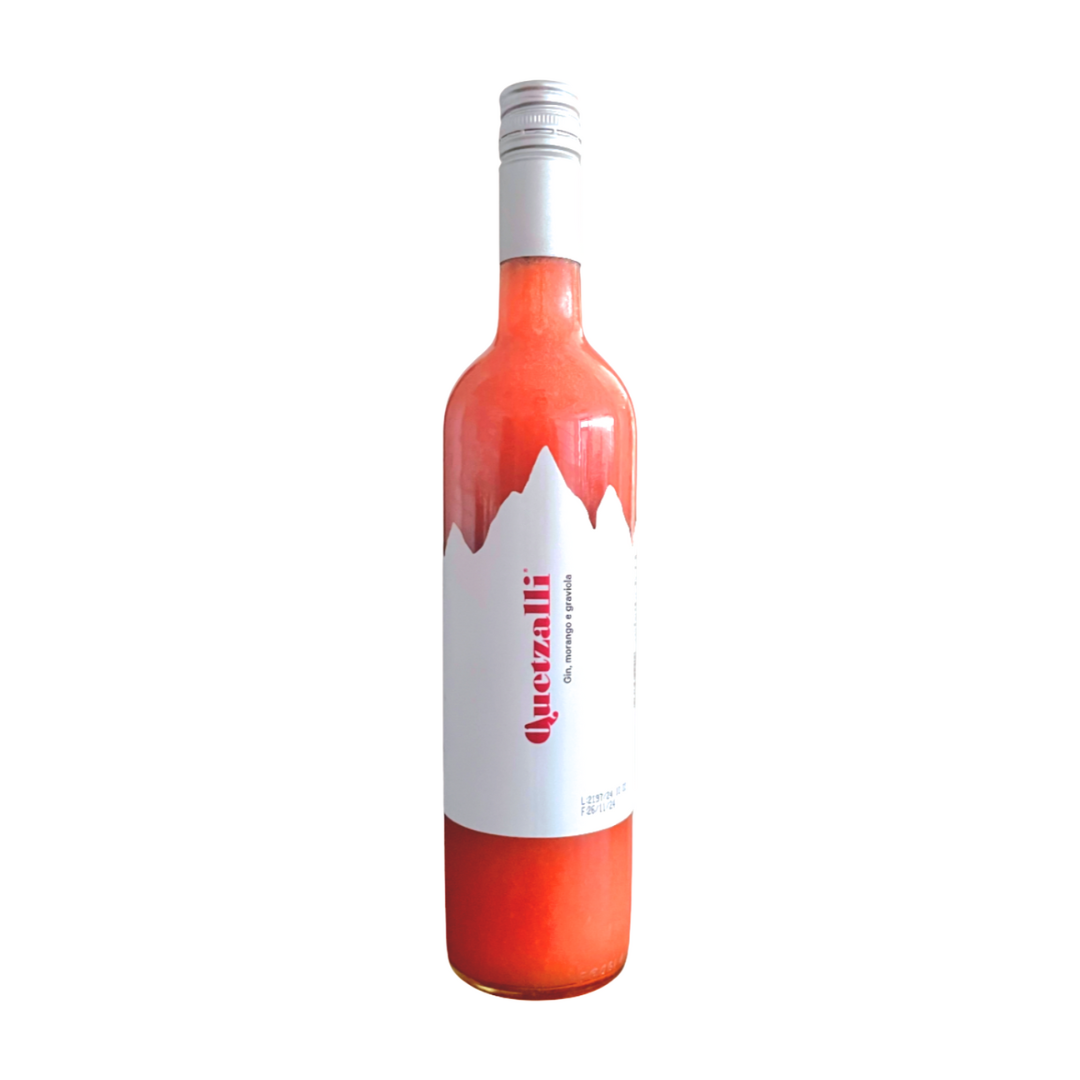

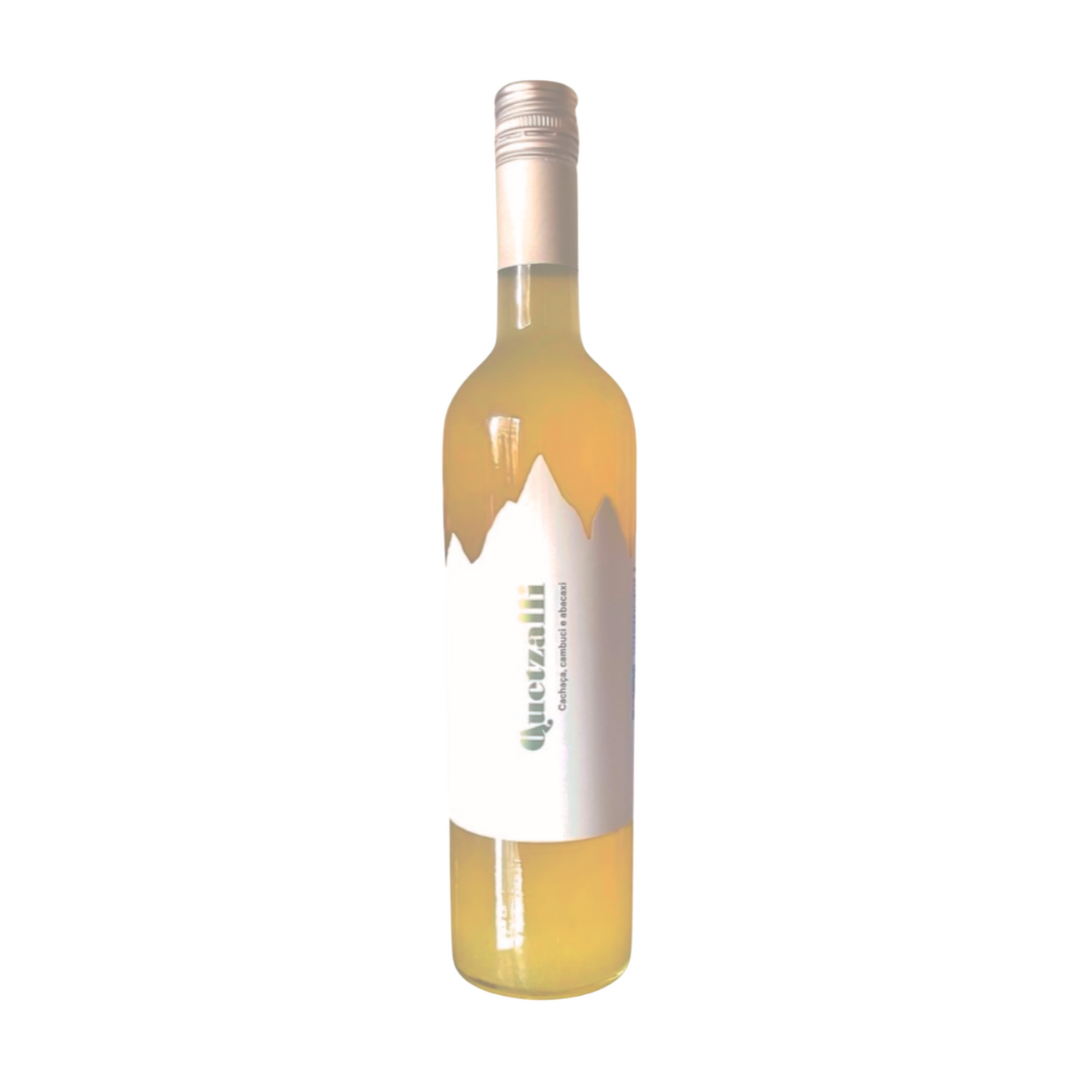

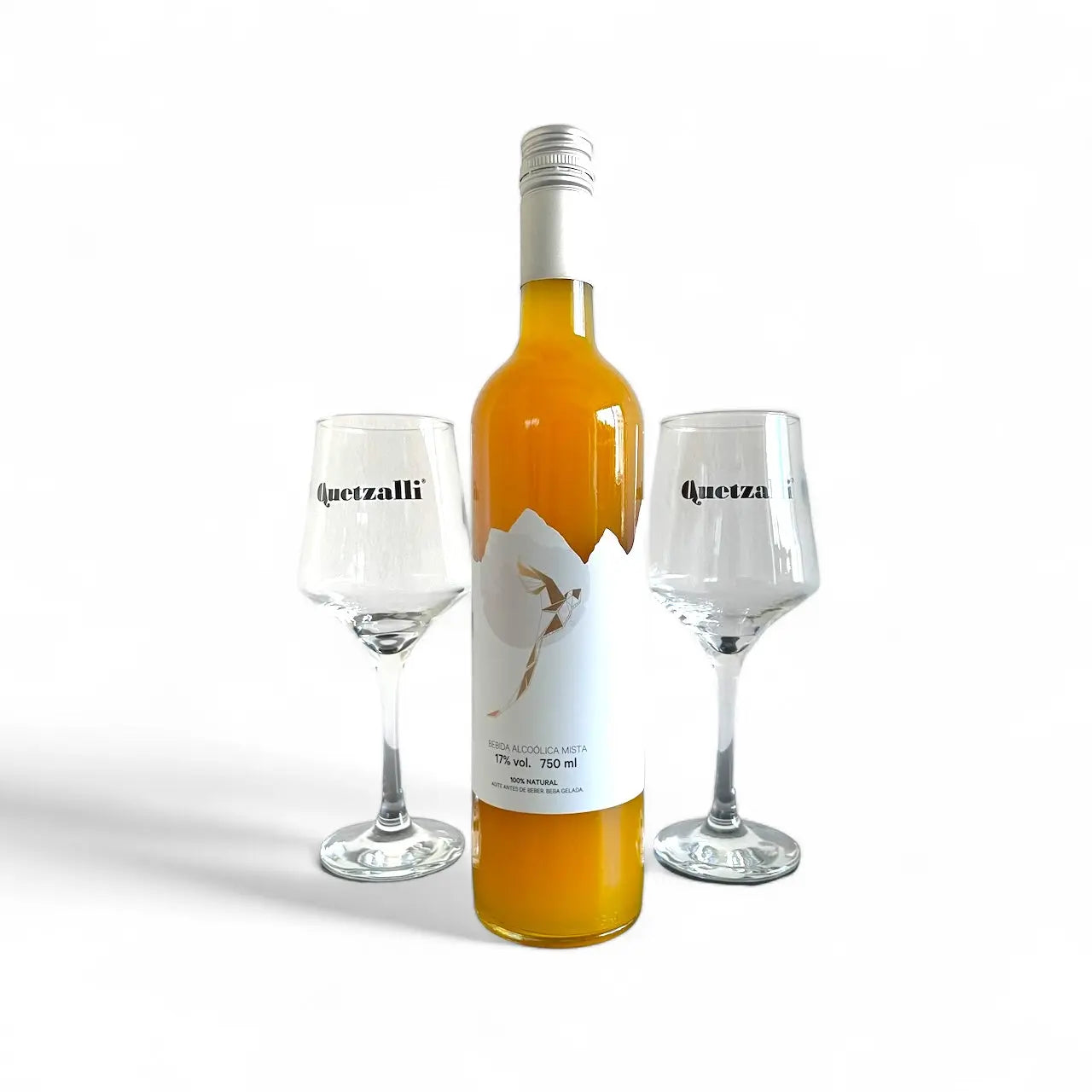

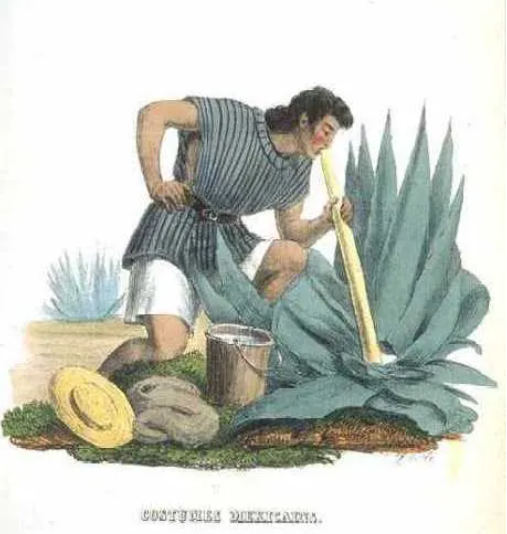
Julio, ficamos feliz que você gostou da nossa matéria! Realmente, aqui no Brasil temos poucas opções de tequilas…
Sergio, sentimos muito que ficou ofendido com a nossa tentativa de utilizar uma linguagem neutra de gênero. Entendemos que a regra do idioma oficial é diferente, mas levamos em consideração também o contexto social em que vivemos e também como queremos nos posicionar em relação a alguns assuntos! Esperamos que compreenda ;)
Luciana, adoramos saber que você aproveitou a nossa matéria e que esse conhecimento foi útil para você!